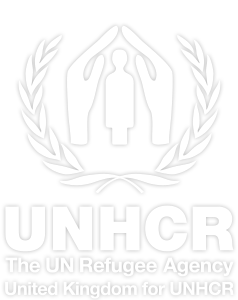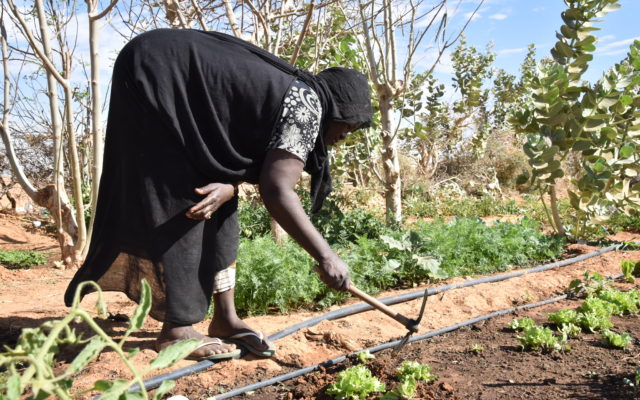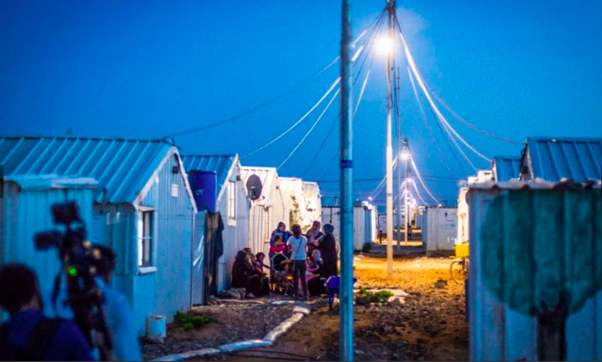What’s a “climate refugee”?
Your most common questions around the connection between climate change and refugees, answered…
©UNHCR/Yousef AlHariri
From Central America to Afghanistan, the climate crisis is already amplifying vulnerability, driving displacement and making life harder for those already forced to flee. With COP26 drawing to an end, there’s been much mention of the term “climate refugees,” with more people drawing connections between climate change and displacement.
So, what exactly is the correlation between rising global temperatures and displaced people? We’re here to answer some of your most common questions around disaster-related displacement…
1) What is a “climate refugee”?
Under international law, a refugee is defined as “someone who is unable or unwilling to return to their country of origin owing to a well-founded fear of being persecuted for reasons of race, religion, nationality, membership of a particular social group, or political opinion.” Climate change impacts people inside their own countries, and usually creates internal displacement before it escalates, leading people to cross borders.
Currently, UNHCR refers to “persons displaced in the context of disasters and climate change” as this is more accurate.
So, what is the definition of a “climate refugee”? When people refer to “climate refugees,” they generally mean a person who has been forced to flee their home because climate change has made it impossible to stay.
2) How is climate change impacting the lives of refugees and displaced people?
Around 84% of the world’s refugees live in “climate change hotspots,” areas which are more likely to be affected by the adverse impacts of climate change. The effects of climate change, like extreme weather events, are hugely detrimental and increase the vulnerability of refugees and displaced people.
For example, recurring storms and floods in conflict areas add to the burden on affected people and governments, leaving them no room to recover. In turn, conflict may increase vulnerability to disasters – limiting the availability of safe places to shelter and basic infrastructure to respond. Fear of targeted attacks can also leave displaced people exposed to the elements.
“The village my father was born in does not exist anymore.” @EmiThePoet is at #COP26, sharing her poetry as a powerful reminder that we must act urgently to protect and assist the world’s vulnerable. #WithRefugeeshttps://t.co/J2yv3VrcjN
— UK for UNHCR (@UNRefugeesUK) November 10, 2021
3) What parts of the world are the most vulnerable to climate change and disaster-related displacement?
Over the past decade, weather-related events triggered an average of 21.5 million new displacements each year – more than twice as many displacements as those caused by conflict and violence.
- Afghanistan where recurring droughts and floods combined with decades of conflict and displacement have left millions of people vulnerable to hunger this year.
- Some of the worst violence and displacement in Burkina Faso has occurred in the poorest, most drought-affected areas where armed groups have exploited tensions over access to dwindling water sources and shrinking arable land.
- Mozambique is experiencing a similar confluence of conflict and multiple disasters with one cyclone after another battering the country’s central region while increasing violence and turmoil to the north displaces hundreds of thousands of people.
- In Bangladesh, more than 870,000 Rohingya refugees who fled violence in Myanmar are now exposed to increasingly frequent and intense cyclones and flooding. This highlights that many countries most exposed to the impacts of climate change are already host to large numbers of refugees and internally displaced people.
4) How is UNHCR addressing “climate refugees” and disaster-related displacement?
UNHCR’s climate action is focused on three main areas:
- Law and policy: Providing legal advice, guidance and support to the international community to develop enhanced protection for refugees and other people displaced in the context of disasters and climate change, and catalysing international discussions on their rights
- Operations: Reducing environmental degradation in displacement settings and enhancing the preparedness and resilience of displaced people and host communities to the effects of climate change. A key aspect of disaster preparedness and response is to anticipate, addressing the root causes of displacement to reduce the reasons why people are displaced in the first place.
UNHCR’s environmental footprint: Improving UNHCR’s environmental sustainability by reducing our greenhouse gas emissions and minimizing negative impacts on the environme
5) What are displaced people doing to help combat climate change?
When it comes to innovating and adapting to the effects of climate change, those people that have been forced to flee are on the cutting edge.
The camps of Azraq and Zaatari in northern Jordan are home to 118,000 Syrian refugees – and two pioneering solar power plants.
In the flood-prone refugee camps of Cox’s Bazar, Bangladesh, UNHCR runs an environmental unit dedicated to easing pressure on the local surroundings.
To learn more about how UNHCR works with displaced people to fight climate change, please visit this web page.
______________________________________________
Addressing climate change is a collective responsibility. We must tackle climate change together and hold each other accountable.
Donate to UK for UNHCR to help us protect and assist those who have been impacted by the adverse effects of climate change.




